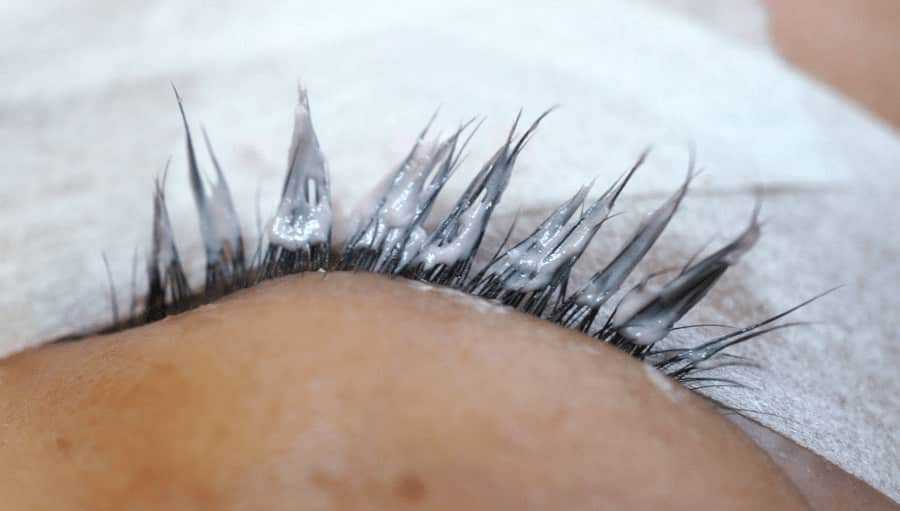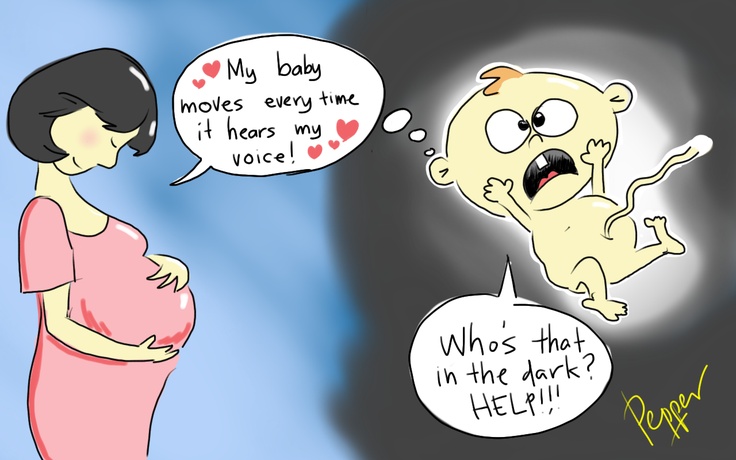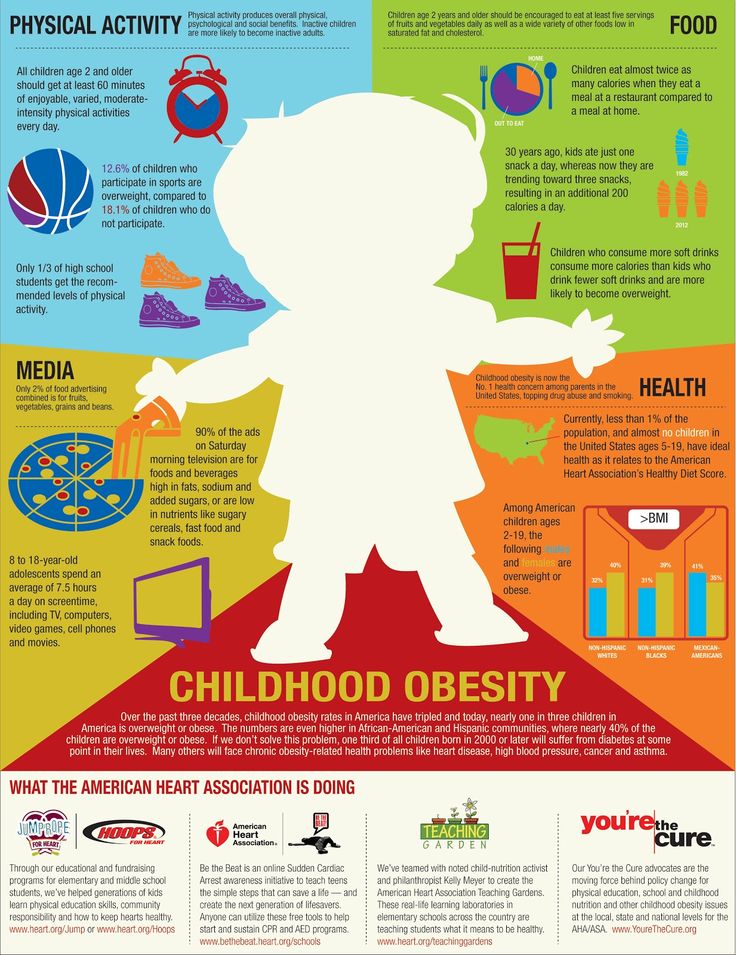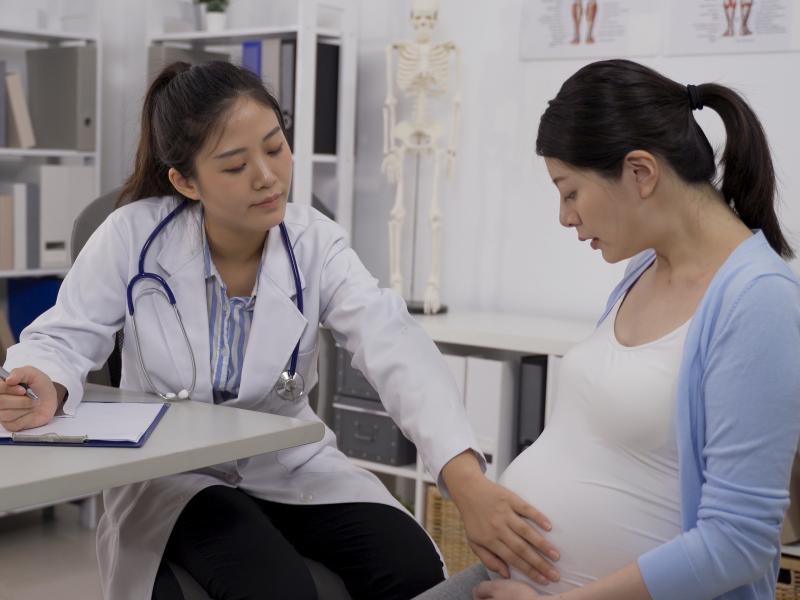How to stop child from pulling out eyelashes
A Mini-guide to Trichotillomania in Children and Adolescence
Tasneem Abrahams
Jun 23rd, 2016
Online test
Find out the severity of your symptoms with this free online test
Take the test
Trichotillomania is the medical term for a disorder that involves a recurrent and irresistible urge to pull out hair from the scalp, eyebrows, eyelashes and other parts of the body, typically resulting in noticeable bald patches. It is estimated to affect 1-2 percent of the population (about 4-11 million Americans) and the disorder can affect people of any age, but it often begins in childhood and adolescence. For some children, trichotillomania may mild, but for others the compulsive urge to pull hair is overwhelming, which leads to significant distress and can interfere with social functioning. The majority of children who have been diagnosed with the disorder often pull out their hair one strand at a time and they will often inspect or play with the strand of hair after pulling it out, and about half of those with trichotillomania put the hair in their mouth after pulling it.
Signs & Symptoms of Trichotillomania
It is often easier to recognize trichotillomania in teenagers and young adults than in children and adolescents, because it is common for young children to pull at their hair during a tantrum. So, it is essential to distinguish between hair pulling that is a tantrum and a comforting habit. In order for a children to be diagnosed with trichotillomania they must meet certain criteria, which includes:
- repeatedly pulling out hair that results in noticeable hair loss
- repeated attempts for them to stop pulling out their hair
- the hair pulling causes additional distress at school or in social situations, and
- the hair loss is not due to another skin or medical condition, or the symptom of another mental disorder.
For children and adolescents with trichotillomania, hair pulling is focused and/or automatic. When it is focused, the children who pull their hair intentionally do so as a way to relieve distress or tension. For example, they will pull their hair out as a relief for their overwhelming urge to pull hair and they may develop a ritual for hair pulling, such as finding the right hair to pull. When hair pulling is automatic, children will pull out their hair without even realizing they are doing it. For example, pulling hair while reading, watching television or when bored. Children may also do both focused and automatic hair pulling, depending on their situation and their mood.
For example, they will pull their hair out as a relief for their overwhelming urge to pull hair and they may develop a ritual for hair pulling, such as finding the right hair to pull. When hair pulling is automatic, children will pull out their hair without even realizing they are doing it. For example, pulling hair while reading, watching television or when bored. Children may also do both focused and automatic hair pulling, depending on their situation and their mood.
Do I Have Trichotillomania?
Most children who have trichotillomania will also bite their nails, chew their lips, pick their skin and they may pull hair from dolls/toys and pets or pick at clothes and blankets in search of hairs. They typically pull hair in private and usually try to hide it from parents, friends and other family members. Other signs and symptoms of trichotillomania usually includes:
- Increased tension just before pulling or when they try to resist pulling
- A noticeable sense of pleasure or relief after hair pulling
- Repeatedly pulling out hair, especially from the scalp
- Thinned, bald or shortened areas of hair on the scalp and/or missing eyebrows or eyelashes
- Biting, chewing or eating pulled-out hair-pulling
- Playing with hair that is pulled out or rubbing it across their lips or face
Problems Relating to Hair Pulling
One of the primary concerns when determining the cause of hair pulling in children is to rule out any other problems that may be related to or the cause of hair loss.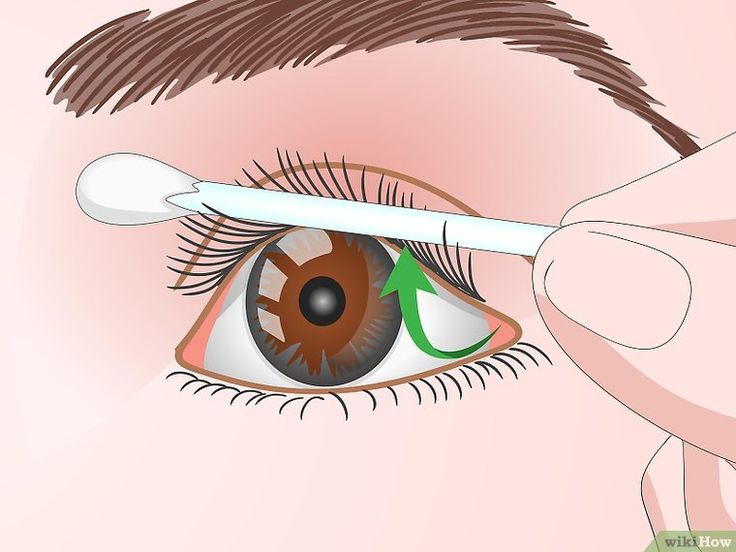 For example, medical conditions, such as tinea capitis and alopecia areata are first ruled out. The child's physician will also question and test how the child is functioning from both parents and teachers, in order to determine if the hair playing is related to stress. Hair pulling in children often includes the following features, which also helps to determine if the hair pulling is a habit:
For example, medical conditions, such as tinea capitis and alopecia areata are first ruled out. The child's physician will also question and test how the child is functioning from both parents and teachers, in order to determine if the hair playing is related to stress. Hair pulling in children often includes the following features, which also helps to determine if the hair pulling is a habit:
- Babies aged 1 month to 2 years-hair pulling during this age is typically a self-comforting habit and it usually goes along with thumb sucking. The child will find this relaxing and typically engages in the behavior before falling asleep or when they are distressed.
- Toddlers aged 2 to 5 years-if a child has been pulling their hair since infancy, at this age they will be in the habit of doing it without thinking. When they are about the age of three, the child can tell when their parents are reacting to what they are doing, so if the parent becomes upset or worried, the child will learn to do this as a way of getting attention for their behavior.

- School aged 5 to 12 years- trichotillomania at this age may be a simple habit or a sign that the child is anxious or under stress. When children start pulling their hair at this age, there is typically other causes for the problem, which may be school-related stress and/or an indication that something is worrying the child. It is often difficult for children at this age to put their feelings or troubles into words so they may pull hair as a form of relief for their stresses. They often pull eyebrows or eyelashes at this age and they usually become more secretive about pulling out their hair.
- Adolescence aged 12 to 18 years- trichotillomania in adolescence is often similar to another childhood behavior known as obsessive compulsive disorder (OCD), which can cause the teenage to develop rigid rituals. It may also be part of their struggle for independence, a symptom of anxiety or an expression of rebellion.
Treatment
Trichotillomania is a chronic disorder and without treatment the symptoms can vary in severity over time. For example, in young adult women, the hormonal changes of menstruation may worsen the symptoms. For most children/adolescents, if not treated, the symptoms can come and go for weeks, months, even years at a time, but rarely does hair pulling end within a few years after starting. Some treatments used for trichotillomania may include:
For example, in young adult women, the hormonal changes of menstruation may worsen the symptoms. For most children/adolescents, if not treated, the symptoms can come and go for weeks, months, even years at a time, but rarely does hair pulling end within a few years after starting. Some treatments used for trichotillomania may include:
- Psychotherapy, which is a form of habit reversal thinking. This form of therapy helps the child learn how to recognize situations where they are likely to pull hair and substitute other behaviors instead.
- Cognitive therapy, which is designed to help the child challenge and examine their distorted beliefs they may have in relation to the hair pulling.
- Medications are not prescribed specifically for the hair pulling act, but may be prescribed for symptoms and/or other conditions relating to the hair pulling. For example, anti-anxiety medications may be prescribed for children who also display symptoms of anxiety. Antidepressants are sometimes used as well in order to relieve the symptoms of depression, which may lead to the acts of hair pulling.
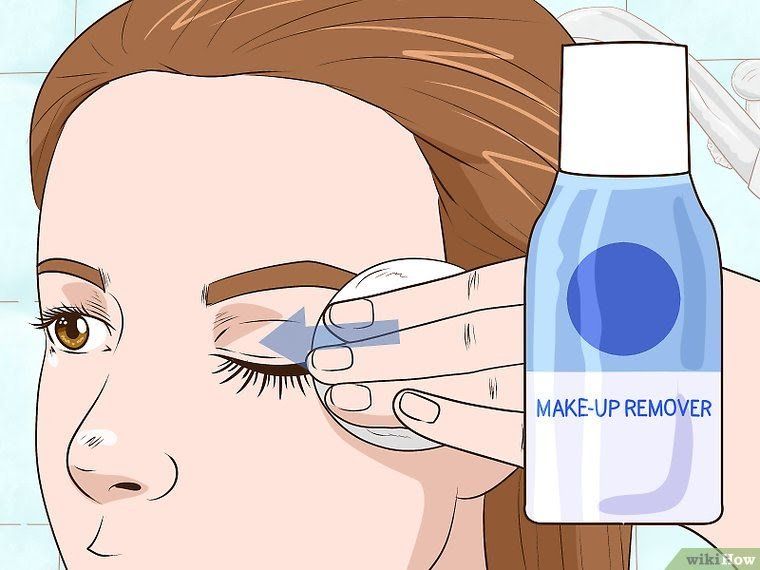
Latest Research
In a recent study, 15 females and 8 males (23 children and adolescents) aged 6-18 years, with a diagnosis of trichotillomania were followed through an outpatient clinic. The study was used to determine if/what co-occuring (concurrent) or comorbid (one or more additional) psychiatric disorders may be associated with the trichotillomania diagnosis. 65.2 percent of those in the study reported precipitating stress factors before their trichotillomania symptoms had begun. Of the 23 children/adolescents, 19 suffered at least one psychiatric disorder, while 14 suffered from at least two psychiatric disorders. The most common comorbid disorders included:
Anxiety disorders (15)
Disruptive behavioral disorders (6)
Tic disorder (3)
Enuresis nocturna (3)
The study concluded that those participating were found to have high rates of comorbid psychiatric disorders also revealed that the scalp was the most commonly affected area and the average duration of the symptoms was 7 months.
It is important to understand that research on the treatment of trichotillomania is very limited and the exact cause of trichotillomania, especially in children is unclear. However, like most complex disorder, trichotillomania most likely is the result of other genetic and/or environmental factors. It is also essential to know that abnormalities in the natural brain chemicals dopamine and serotonin may play an important role in trichotillomania.
Tasneem Abrahams
Online test
Find out the severity of your symptoms with this free online test
Take the test
How to stop pulling in children
Tasneem Abrahams | 25 Aug, 2015
How to Identify Trich in Children
Trudi Griffin - LPC | 01 Mar, 2020
Are You Concerned About Your Child's Hair Pulling?
Tasneem Abrahams | 22 Apr, 2015
When Your Child Pulls Their Hair: What Parents Need to Know
Dr.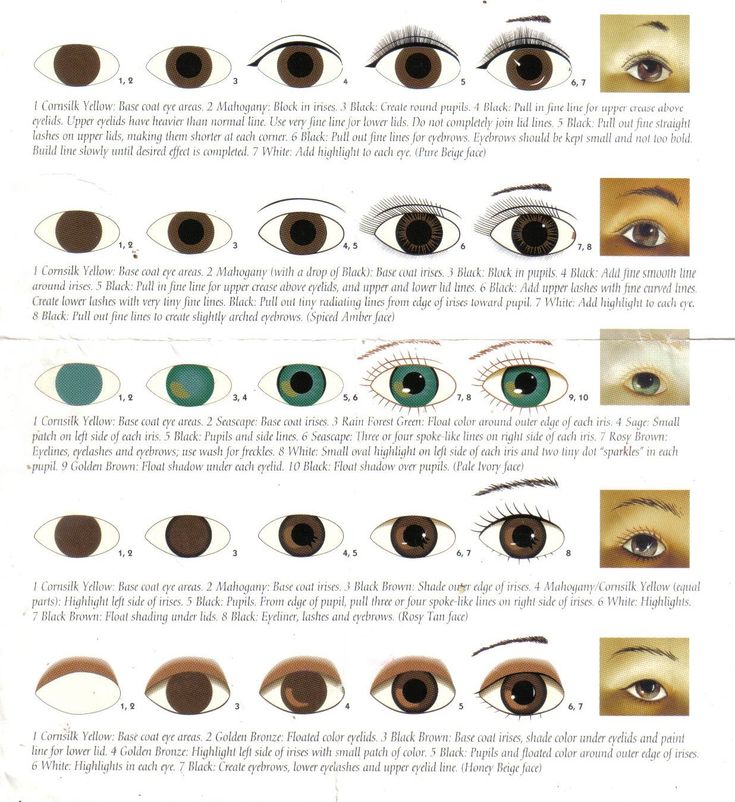 Dawn Ferrara | 27 May, 2021
Dawn Ferrara | 27 May, 2021
Start your journey with TrichStop
Take control of your life and find freedom from hair pulling through professional therapy and evidence-based behavioral techniques.
Start Now
My daughter pulls out her eyelashes – The Irish Times
I'm a mother of two girls, who are 10 and eight. As with all kids, they are very different in many ways. Our elder girl will talk about her worries, but our eight-year- old daughter isn't as good. She likes to keep the peace more than her sister does, and doesn't like any confrontation.
I know she is getting better at opening up, but I still sometimes wonder what exactly is going on in her head. I was a worrier as a child too, so I know what it's like to have worries and to pretend to be okay.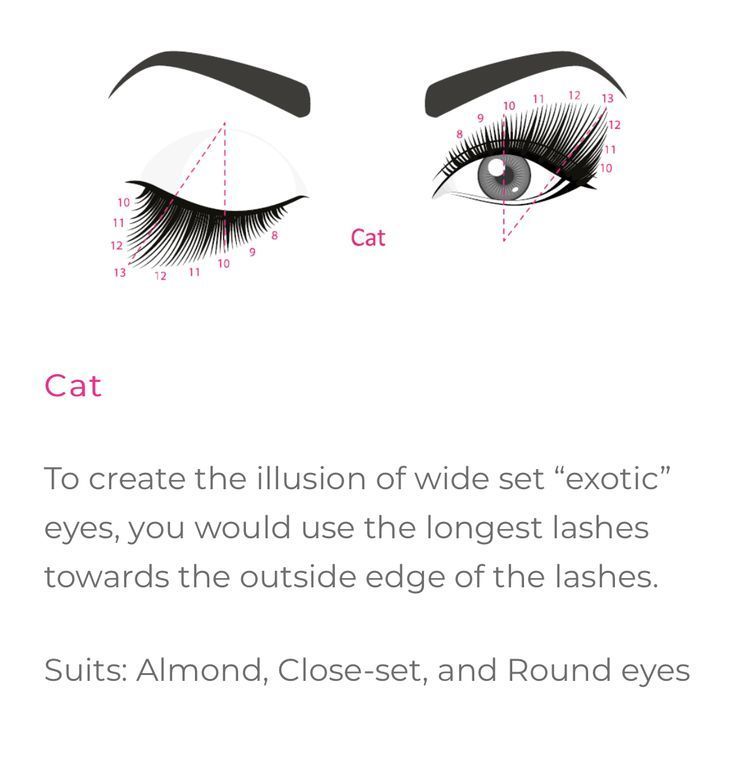
Recently, I noticed that she seemed to have lost a few eyelashes in one area on her top eyelid. A few days later all the lashes were gone from that eyelid.
I had a word with her, saying: "You might have rubbed your eye a bit too hard recently because I think you've lost a few lashes; maybe just go easy and they'll grow back quickly. They're important for protecting your eye from dust." She didn't get upset but she didn't want to have any attention drawn to it, either.
READ MORE
Now she has the other eyelid all pulled too. We had another chat and I'm happy enough that there isn't anything major going on at home or in school. I've sent a note to the teacher just to keep an eye on her during the school day.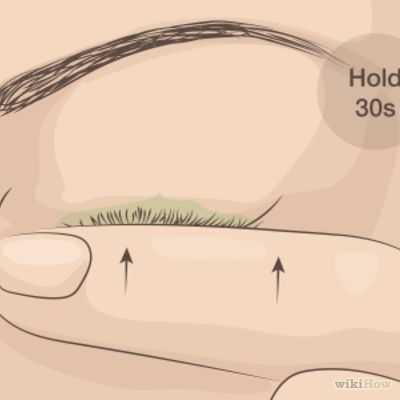
I've encouraged her to wear a loose bobbin on her wrist at night and to pull on it as she's thinking or settling to sleep; I think pulling the lashes might have become a habit before falling asleep.
Like thumb-sucking and biting one’s nails, hair-pulling is one of many body-based habits that children develop as a means of distracting or relaxing themselves. Children can get into a habit of pulling hair from their eyelashes, as in your daughter’s case, or from their eyebrow or scalp. For most children, hair-pulling is a time-limited habit that they grow out of, though for others it can become a more fixed habit and, in these situations, it can be diagnosed as trichotillomania, which is grouped as an obsessive compulsive disorder (OCD) in mental health manuals.
Hair-pulling is common in children who are already prone to have somatic or body-based mannerisms or habits such as scratching, picking skin, nail-biting, thumb-sucking, and so on.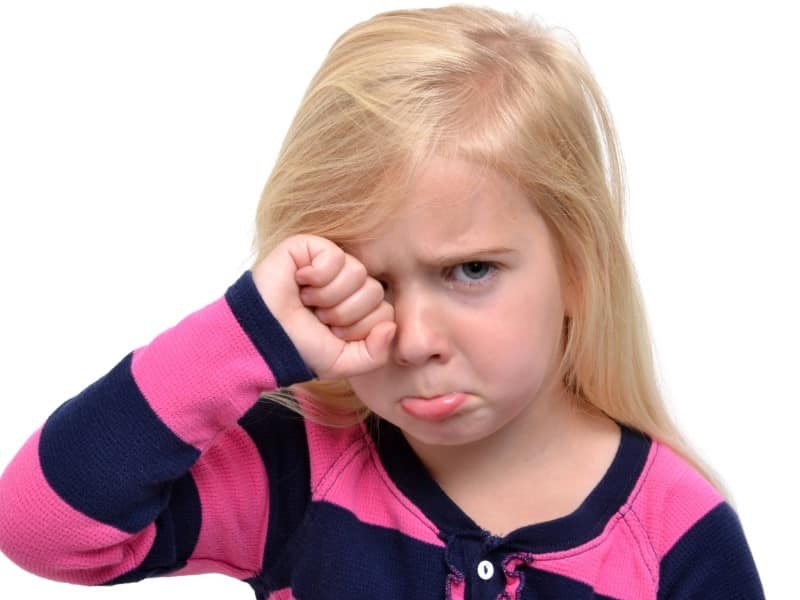 It can be aggravated by stress and anxiety, though it is not usually started or caused by an anxious event.
It can be aggravated by stress and anxiety, though it is not usually started or caused by an anxious event.
Frequently, it starts out as a benign habit that developed from a sensory event, for example an itchy eyelash that your child gets into the habit of rubbing or pulling, even after the original itchiness is gone. Like all these habits, they are often done unconsciously and the child is not fully in control.
How to help your daughter
Your question shows that you are already doing many of the right things to help your daughter.
It is important to talk directly to your daughter about the habit in a supportive and non-blaming way. Some children are embarrassed about the habit and don’t want to talk about it and it is helpful to be matter-of-fact and supportive: “Lots of children get into habits like biting nails, but we can help you stop it.”
When talking about it, don’t expect that there is something at the bottom of the behaviour that your daughter needs to talk about, as this puts pressure on her and, most times, there is no specific cause.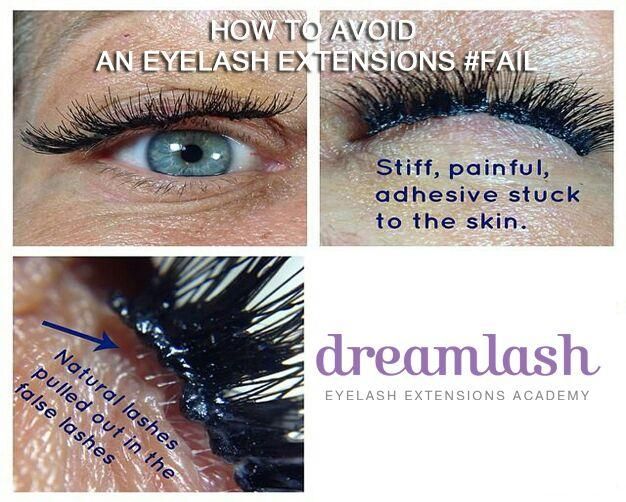
While there could be stresses and worries that it might be useful for your daughter to talk about, these are likely to be separate from tackling the hair-pulling.
Try to find a time of day, such as bedtime or going for a walk with your daughter, when she is more open to talking about it.
Breaking the hair-pulling habit
Like many other somatic habits, hair-pulling is usually broken gradually over time. These are ways you can help:
Learning about the condition, and how it can be changed. Reading some good child-centred information online together might help to take the stigma out.
Becoming aware of when and why your daughter pulls her eyelashes: you have already noticed it is around bedtime and perhaps it is used as a habit around sleep. Can you identify with her other rituals she could develop to get to sleep, for example, holding a doll, squeezing her pillow or lying on her hand?
Help your daughter to learn new responses when she feels the urge to pull her eyelashes: for example, squeezing her fingers, stretching her hands, or simply taking a moment to breathe and relax. You have given her a bobbin to pull on her wrist, which is creative. Continue to explore new tactics with her until you find a few that work for her
You have given her a bobbin to pull on her wrist, which is creative. Continue to explore new tactics with her until you find a few that work for her
Help your daughter to notice the trigger situations and remind her of agreed alternative strategies. To avoid this becoming unhelpful nagging, it can be helpful to agree a code word in advance, such as “hands”, or a subtle gesture to remind her of alternative strategies in the moment.
- It is a good idea to teach your daughter relaxation or mindfulness strategies that she can use as a means of becoming aware of, and diverting her hair-pulling behaviour, as well as reducing her stress levels generally. Perhaps you could listen to a relaxation tape together as part of her bedtime ritual.
Get further support if needed
As mentioned, most children’s hair-pulling habits fade over time, However, if it remains a problem or gets worse, do seek further help. You could ask your GP to make a referral to your local child mental health or primary care service or seek the support of a private psychologist or mental health professional.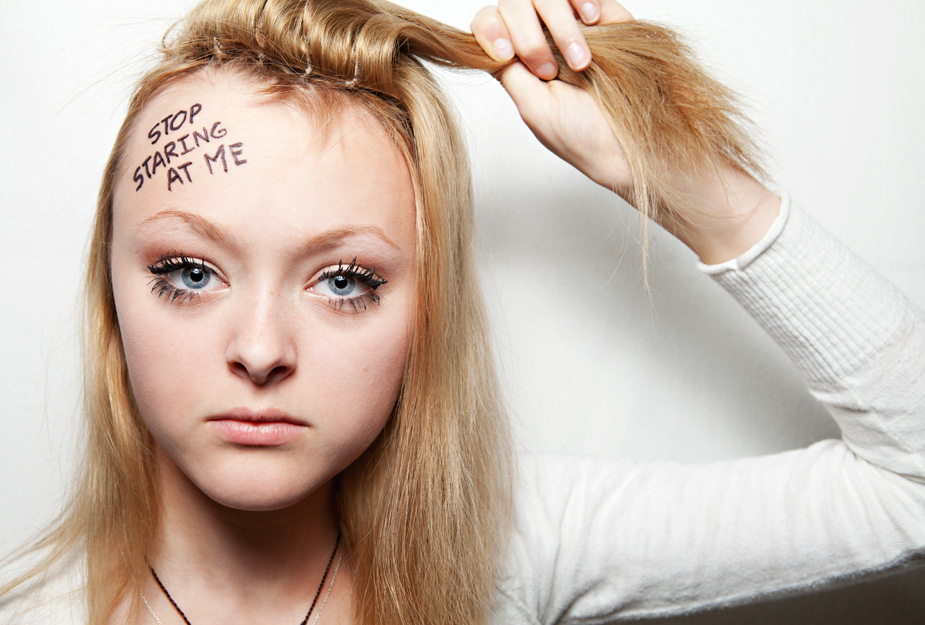
[ solutiontalk.ie ]
Your child psychologist Daughter tearing her eyelashes (trichotillomania)
Several questions came to the “Ask a psychologist a question” column again. Pleased with your trust in this blog and your desire to help your child. Slowly I sort out life's "tasks" in order.
Irina
Hello! My oldest daughter is 6.5 years old. She tears out her eyelashes. Scolded, explained - it's useless. The eyes are already almost "bald"! What to do!
Tatyana Egorova
Irina, hello.
The desire to tear one's eyelashes belongs to the group of obsessive-compulsive disorder neuroses. Experts regard this as a disease called trichotillomania .
Be warned, it is serious and requires psychotherapeutic and/or medication treatment, which can be done by a psychotherapist. Try to find a good child psychotherapist who will see your daughter, talk to her and you, and prescribe special treatment.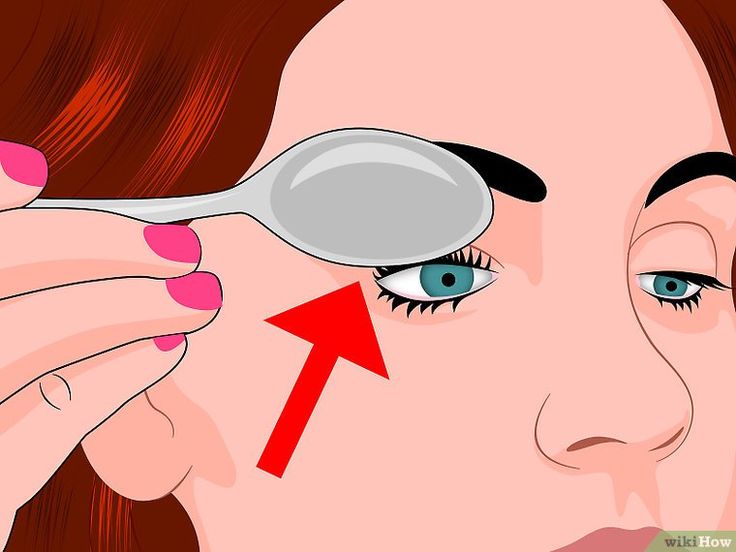 nine0003
nine0003
Why is this necessary?
To begin with, let me explain a little, what is trichotillomania .
In the medical literature, this term is understood as compulsive pulling of hair, eyebrows, eyelashes . Basically, it occurs in girls and women, and there are no age restrictions here, i.e. This disease affects both children and adolescents equally, and even the elderly.
Many, having been ill since childhood, continue to live with this obsessive condition, slowly depriving themselves of hair, eyebrows, eyelashes. When there is nothing left to tear out, they wear wigs and false eyelashes. Thus, if you do not work with this problem, it remains for life. nine0003
Unfortunately, no requests, explanations or reproaches will help here. For one simple reason, that this desire is not controlled by the consciousness of . A person tears his hair, eyelashes or eyebrows purely automatically, getting satisfaction from the process, which he is not able to explain.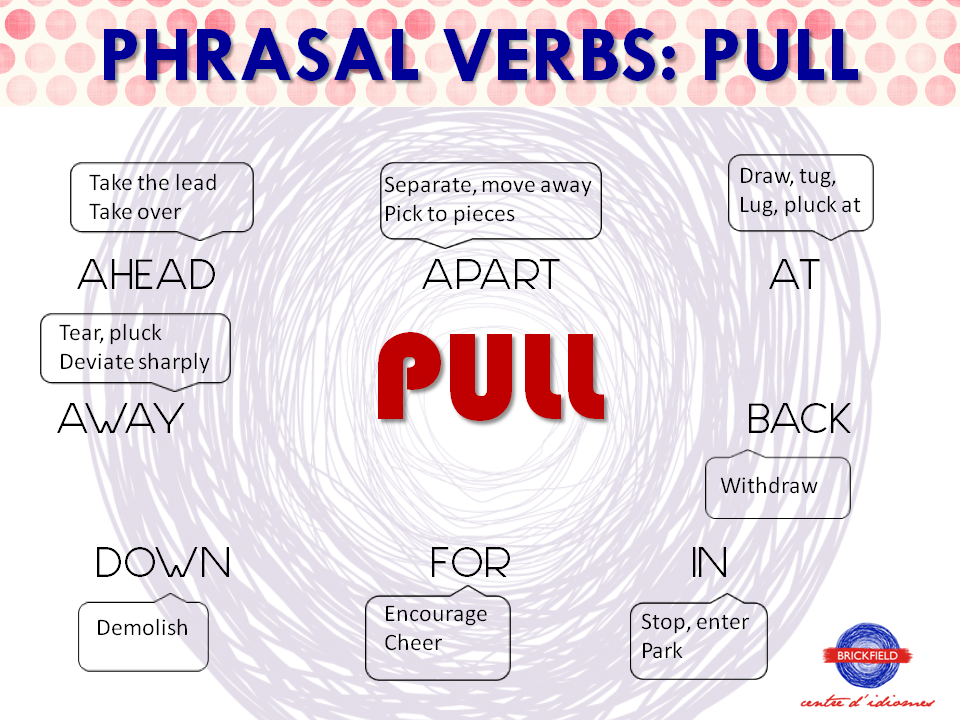 It's like a drug. That is why it is called "obsessive" state.
It's like a drug. That is why it is called "obsessive" state.
What causes trichotillomania?
Trichotillomania does not arise from scratch.
In rare cases, there may be gene disorders , but so far research is underway in this direction and nothing can be specifically stated.
Another reason. Children are naturally curious . They can spy on their mother, as she plucks her eyebrows for the sake of beauty, experiment on themselves and ... continue, because they "liked it." Later there is an addiction.
But this occurs as an exception to the rule.
In reality, very often trichotillomania is preceded by some kind of emotional shock, experienced stress . In children, it may occur in response to psychic trauma received in the family or outside the family. A child may experience a feeling of rejection in his own family for various reasons (here it is necessary to specifically clarify the key points in a conversation with parents and a child), may fear that they do not like him, do not appreciate that he interferes with someone.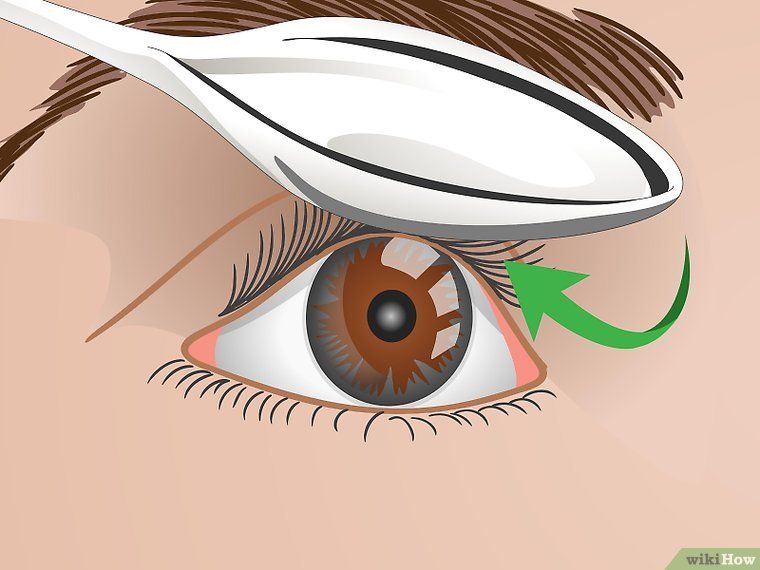 Or something happened to the child outside the home (in the kindergarten, on the street, at a party, etc.)
Or something happened to the child outside the home (in the kindergarten, on the street, at a party, etc.)
You write that you have an older girl. Maybe this is a reaction to the appearance of a brother or sister? Here you need to know exactly when she began to pull out her cilia. Analyze time and compare facts. nine0003
If low self-esteem develops against the background of an unfavorable family environment , then pulling out eyelashes is a kind of desire to attract attention, to get at least a piece of confidence that the parents really saw the child's suffering. In this case, there is a lack of parental attention , love, empathy and encouragement .
If self-esteem is overestimated (and this also happens, oddly enough), then such an incident of depriving oneself of hair can speak of demonstrative behavior, the purpose of which is to attract the attention of all (not just parents). Like, look at me, what you brought me to.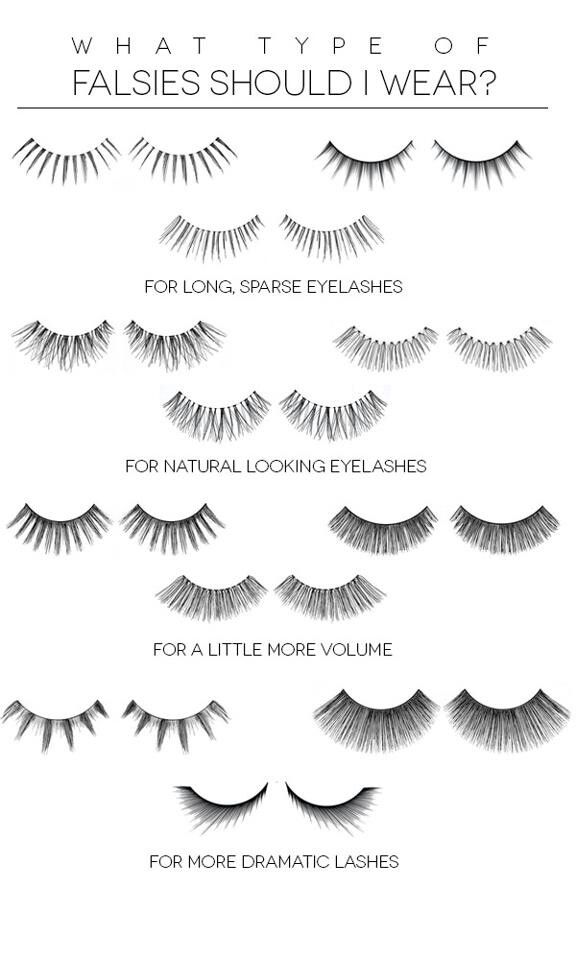 .
.
In addition, hair pulling can serve as a compensatory mechanism in case some misfortune is expected . Performing an execution on himself, the child, as it were, sacrifices himself (his eyelashes, hair or eyebrows) in exchange for the safe avoidance of a fictional or real impending tragedy.
Summary: the child is psychologically very uncomfortable and he is trying with all his might to get rid of this condition. And pulling out hair, eyelashes or eyebrows, he thus calms down, relieves anxiety and tension within himself.
Is there a cure for trichotillomania?
Yes, it is being treated. And the sooner the better. It is important to find the true cause of trichotillomania and work on its elimination . Then a favorable prognosis is real. An experienced child therapist can help you with this. nine0003
You will need to honestly answer all his questions, try to state your vision of the problem and follow his treatment plan.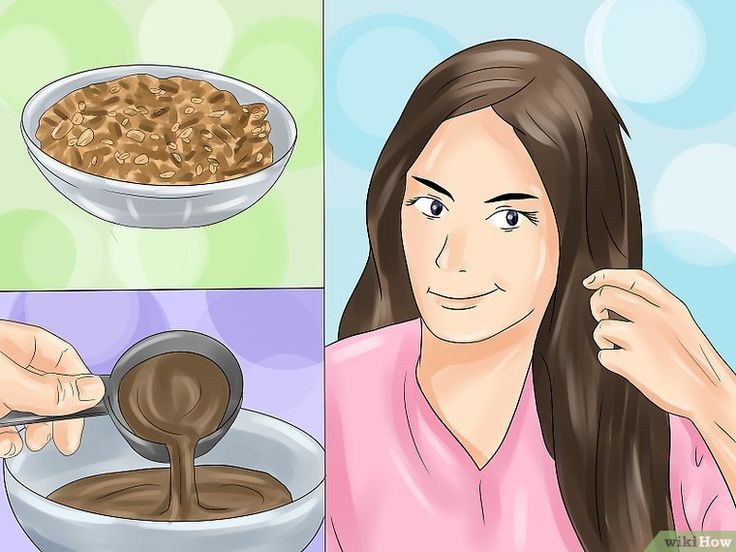 Depending on the results of the examination of your daughter and the conversation with you, the doctor may recommend a psychotherapeutic program that corrects family relationships or parent-child relationships, invite you to sessions to correct anxiety, and offer relaxation techniques to relieve internal tension and fears. Sometimes medication may be needed. nine0003
Depending on the results of the examination of your daughter and the conversation with you, the doctor may recommend a psychotherapeutic program that corrects family relationships or parent-child relationships, invite you to sessions to correct anxiety, and offer relaxation techniques to relieve internal tension and fears. Sometimes medication may be needed. nine0003
The duration of treatment and psychocorrection is quite long: from several months to several years, it all depends on the current state of your daughter.
Irina, I want to encourage you, the problem is solved .
I wish you a speedy solution to the problem, patience, love and wisdom in dealing with your daughter.
Are you worried about something in your child? You can ask a question to the psychologist .
Subscribe to RSS , to receive all blog updates in a timely manner. nine0003
Trichotillomania in children
Trichotillomania (from Greek trix, trichos - hair + tillo - to pull out + mania - passion, attraction) irresistible (obsessive) desire to pull out the hair on the head or other parts of one's own body. This condition was first described by the French dermatologist F. A. Allopo in 1889.
This condition was first described by the French dermatologist F. A. Allopo in 1889.
Trichotillomania was originally believed to occur as a protective reaction to any irritation in the head area (itching, pain, etc.). According to modern views, trichotillomania is considered as one of the manifestations of disorders of habits and drives , which also includes pathological cravings for arson (pyromania), theft (kleptomania), gambling, etc.
The specific causes of a particular pathological habit have not been established. Only their external manifestations are well known, and in some cases it is possible to find out the psychological meaning, or motivation, of their occurrence. It has been noted that in some cases, even in the first year of life, such children show an increased interest in their hair: they touch it, twist it around their finger, pull it, and later, at an early age, they begin to pull out the hair in a certain place on the head. The study of the behavioral and characterological characteristics of such children showed that they are very responsible, serious beyond their age, proud and stubborn, strive to be the best and be in the spotlight due to their successes and achievements.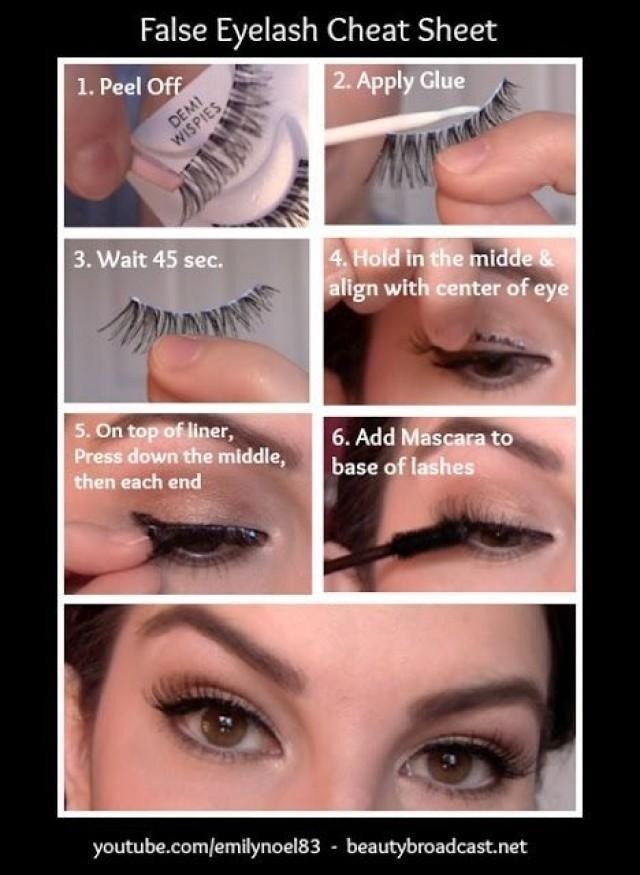 However, luck does not always accompany them, usually due to insufficient perseverance and determination. In connection with the increased conceit, there is a lack of self-confidence and a feeling of inferiority. As a result, dissatisfaction with oneself can lead to various self-torture, such as head banging, hair pulling, etc.
However, luck does not always accompany them, usually due to insufficient perseverance and determination. In connection with the increased conceit, there is a lack of self-confidence and a feeling of inferiority. As a result, dissatisfaction with oneself can lead to various self-torture, such as head banging, hair pulling, etc.
Such a state was studied in detail by the Russian psychiatrist VI Garbuzov, in whose opinion it is one of the manifestations of obsessive actions . According to some authors (V. V. Kovalev, V. I. Garbuzov), trichotillomania occurs predominantly in females . Boys prevailed in our observations. We observed the first signs of this pathological habit at the age of 3 years, in some cases it was combined with nail biting, finger sucking, and masturbation. Usually, until the age of 5-6 years, children were indifferent to this condition, they could pull out their hair in the presence of strangers, although at the age of 4-5 years they performed these actions mainly in solitude.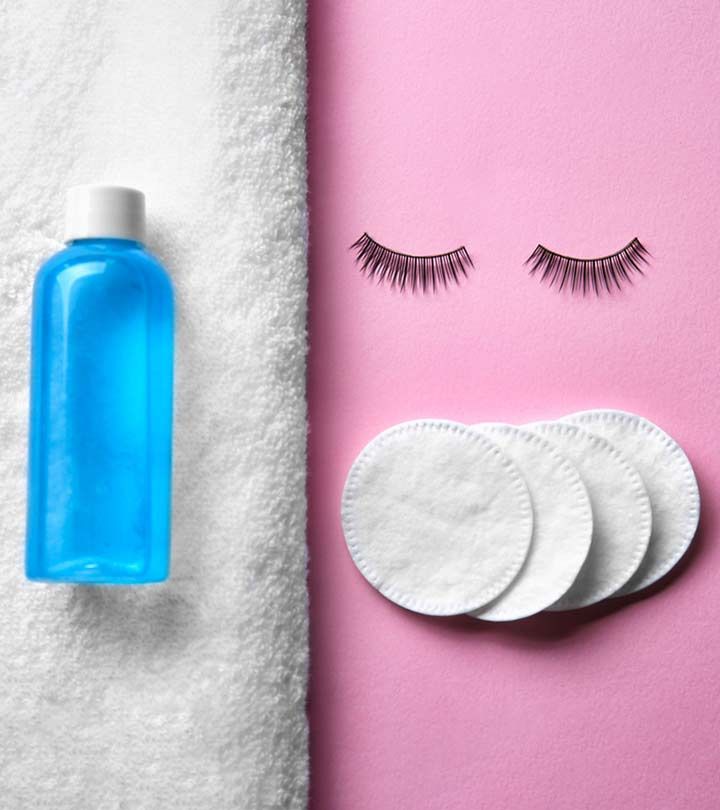 By school age, when there was an interest in their appearance, especially in their hair, the children painfully experienced their defect and tried to get rid of it, but it was very difficult to do it by willpower. There was an irresistible desire to pull out the hair, during which there was a feeling of discomfort and general tension. Such a state, as one of our patients pointed out after getting rid of his pathological habit, could be "endured for a short time, but the hand itself reached for the head." After performing this action, there was a short-term relief, and then everything was repeated again. nine0003
By school age, when there was an interest in their appearance, especially in their hair, the children painfully experienced their defect and tried to get rid of it, but it was very difficult to do it by willpower. There was an irresistible desire to pull out the hair, during which there was a feeling of discomfort and general tension. Such a state, as one of our patients pointed out after getting rid of his pathological habit, could be "endured for a short time, but the hand itself reached for the head." After performing this action, there was a short-term relief, and then everything was repeated again. nine0003
During games or interesting activities, the desire to pull out hair was significantly reduced or completely disappeared (according to one of our patients, he “forgot to do it”). In the case of excitement, anxiety, or "when there is nothing to do," the obsessive desire for trichotillomania is very pronounced. School-age children pulled out their hair much less frequently during school hours than at home.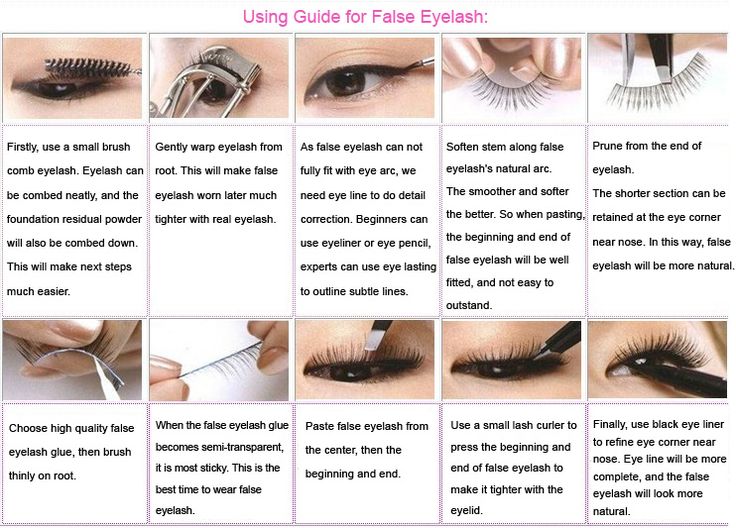 Apparently, this is due to the fact that they tried to hide their defect.
Apparently, this is due to the fact that they tried to hide their defect.
In some cases, trichotillomania has the character of rituals and is performed with the aim that nothing bad happens to him or his relatives. In this regard, an interesting observation is made by V. I. Garbuzov in his book “Nervous Children” (1990).
An 8-year-old girl with lush hair, thick eyelashes and eyebrows began to pull out her hair during the period when her mother was in the hospital and the child lived with her aunt. After talking about her mother's health and worrying about her condition, the girl became very worried about her mother and, so that everything would be fine with her, she began to pull out her hair. As V. I. Garbuzov wrote, she decided to sacrifice her most precious thing, “so that my mother is healthy.” Similar states in the form of rituals in the name of something were also encountered in our observations. nine0003
Trichotillomania mainly occurs with the wrong type of upbringing - tough, demanding, exceeding the child's capabilities, in the presence of emotional deprivation factors, as well as in families with antisocial behavior.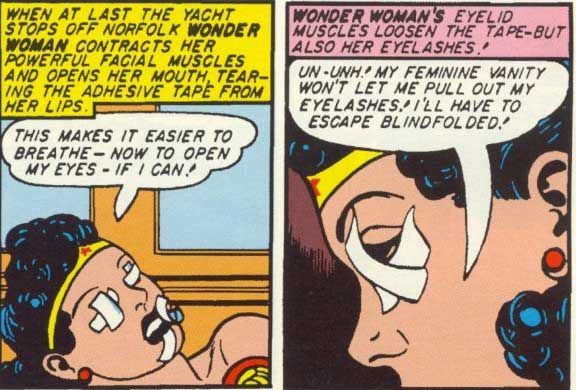 In such cases, hair pulling is a protest reaction to a situation that is objectionable to the child, and in psychological significance it is somewhat similar to the state in pathocharacterological encopresis.
In such cases, hair pulling is a protest reaction to a situation that is objectionable to the child, and in psychological significance it is somewhat similar to the state in pathocharacterological encopresis.
We have never observed trichotillomania in children of preschool age brought up by the type of overprotection and the idol of the family, although this does not exclude the possibility of this condition in a similar situation. nine0003
Hair-pulling is often done in a certain manner and sequence. An example of this is one of our observations.
Mom brought in a 4.5-year-old boy who was pulling out all the hair on his head, eyebrows and eyelashes. He began to do this about a year ago, not embarrassed by his condition in the presence of his parents and strangers. During the first few months there was almost no hair left on the head, then the pulling out of eyebrows and eyelashes began. nine0003
The child is closed, immersed in his thoughts, does not answer questions at all or answers in monosyllables.
Mental development is not impaired: he performs simple arithmetic operations, knows many letters and can read syllable by syllable.
During my conversation with my mother, I often made slow movements with my right hand above my head, periodically stopping with an expression of some kind of joy on my face and pulling out a hair that I found. This was done in a certain manner: the hair was captured by the 2nd and 3rd fingers, the thumb was pressed against the index finger, and a sharp movement of the brush was made such as supination. Thus, according to the mother, the hair on the head was pulled out. nine0003
During a long conversation with the mother, it was established that the child is brought up in socially unfavorable conditions: the father abuses alcohol and takes little care of the family, the mother works as a cleaner in several places and pays little attention to the child, who is left to himself most of the time, being under the supervision of a living with them an elderly relative.
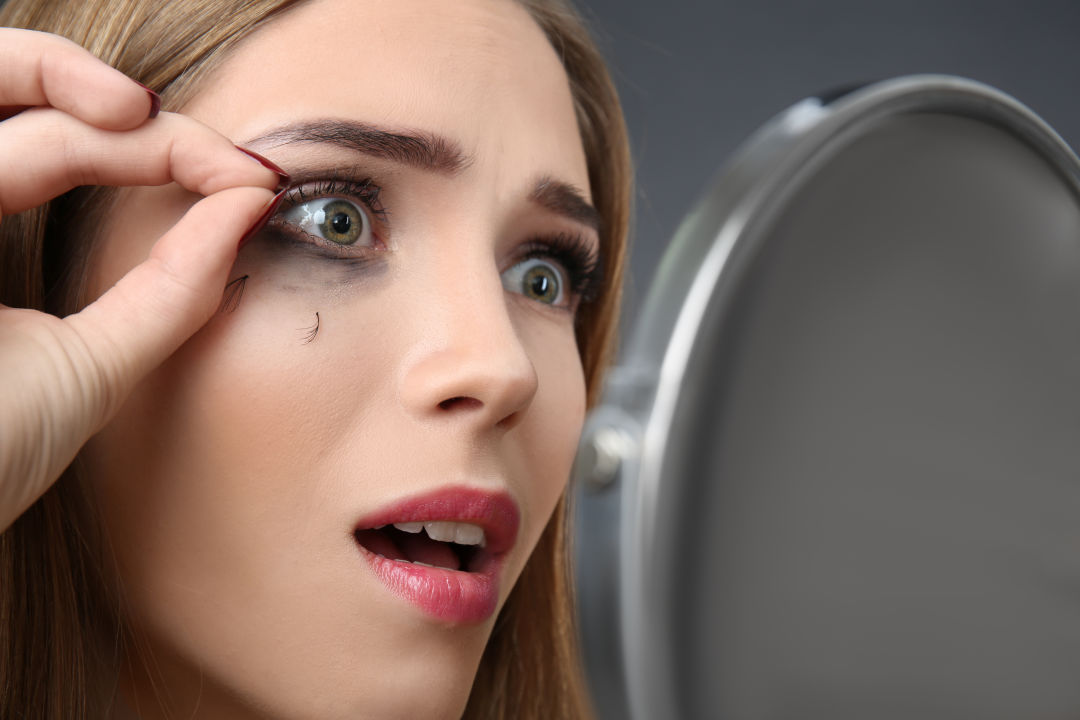
The mother also noted that since the age of three, the child has been periodically engaged in masturbation, and once a drunken father caught his son doing this. The father severely beat his son and threatened to tear off his genitals if this happens again. No more masturbation was noticed (perhaps, as the mother points out, she does it secretly). nine0003
Is there a connection between this condition - onanism and trichotillomania? Apparently there is. Some authors point to a possible connection (or some commonality) between trichotillomania and masochism (masochistic undertones of trichotillomania). Pulling out hair on the head, and even more so eyebrows and eyelashes, is accompanied by pain. It was even assumed that patients with trichotillomania had reduced pain perception (high threshold of pain sensitivity). However, it is not possible to prove this, because the study of pain sensitivity is subjective and it is very difficult to judge the state of pain in preschool children. nine0003
nine0003
It is possible that the child we are observing has undergone a reorientation of the sexual desire, which can be observed in masochists. The latter sometimes try to intensify the pain in order to experience after that the pleasure of the absence of pain. Undoubtedly, all these are assumptions that can neither be proved nor rejected.
Compulsive hair-pulling usually results in alopecia areata - the absence of hair in certain areas of the head. There may be several such sites (“ nests ”). Much less often there is a total absence of hair on the head and other parts of the body. In rare cases, children swallow pulled hair, which, according to G.K. Ushakov (1973) is one of the elements of obsession. As a result, a ball of hair is formed in the stomach, which can mimic a neoplasm, and even a surgical operation is performed.
Diagnosis of trichotillomania is usually straightforward if the child has an obsessive desire to pull out the hair, resulting in alopecia areata or alopecia areata.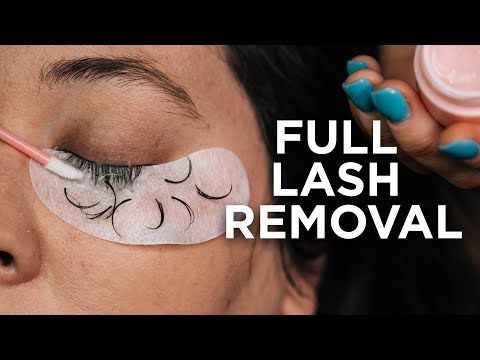 This should not include the sometimes observed hair-pulling in pruritic dermatitis or neurodermatitis of the scalp, as well as hair-pulling in patients with mental illness (eg, schizophrenia) and severe organic brain damage. In doubtful cases M. Hurtle (1990) recommends a so-called occlusion test. It consists in the following: the area of hair loss is made inaccessible to the child. With trichotillomania, 10-15 days later, the hair grows noticeably.
This should not include the sometimes observed hair-pulling in pruritic dermatitis or neurodermatitis of the scalp, as well as hair-pulling in patients with mental illness (eg, schizophrenia) and severe organic brain damage. In doubtful cases M. Hurtle (1990) recommends a so-called occlusion test. It consists in the following: the area of hair loss is made inaccessible to the child. With trichotillomania, 10-15 days later, the hair grows noticeably.
The course of trichotillomania, as well as some other pathological habitual actions, such as onychophagia, can be long and persistent, prone to relapse (resumption) after temporary improvement. In most cases, it disappears by the age of 13-14 and practically disappears during puberty, even in the absence of special treatment. However, treatment is necessary, since the prolonged existence of this obsessive syndrome can lead to the emergence of pronounced pathological personality traits. nine0003
Treatment .